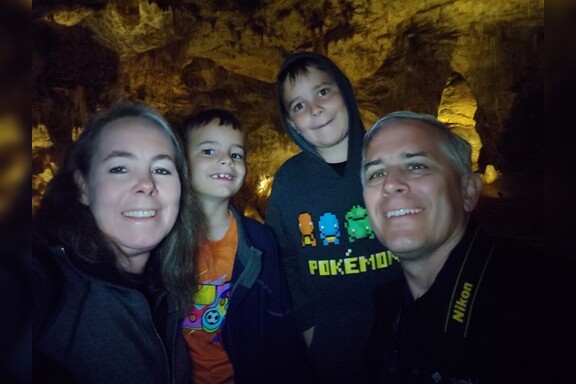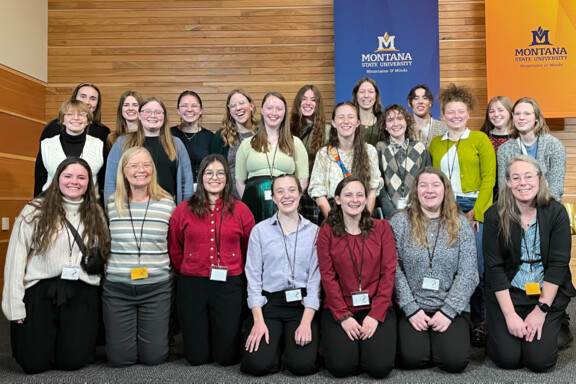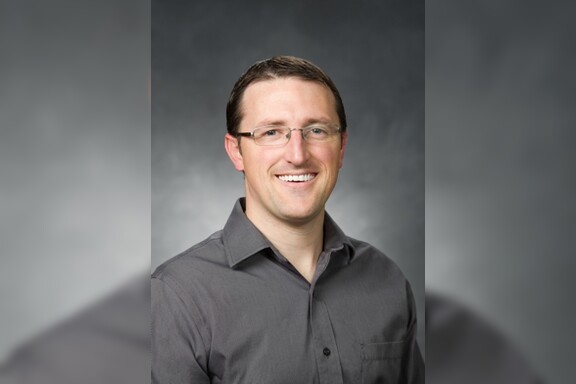William J. Strong, Brigham Young University emeritus professor of physics, was recently awarded the Rossing Prize in Acoustics Education from the Acoustical Society of America.
The award will be presented June 6 at a society meeting in Salt Lake City.
The Rossing Prize in Acoustics Education was established in 2003 to recognize individuals who have made significant contributions to furthering acoustics education through outstanding teaching, development of educational materials and other activities. The award consists of a $3,000 prize and a silver medal.
Strong received a doctoral degree in physics from the Massachusetts Institute of Technology in 1964. As a BYU professor, he studied the acoustics of musical instruments and the human voice, specializing in the behavior of vocal folds in the production of speech. His other teaching credentials include visiting professor appointments at Gallaudet University in Washington, D.C. and the IRCAM Institute in Paris.
Strong has been honored with the BYU Alcuin Fellowship Award recognizing his teaching contributions, as well as a fellowship with the Fulbright Program. He is also a fellow of the Acoustical Society of America.
The Acoustical Society of America is devoted to the study of the science and technology of sound. The society publishes the “Journal of the Acoustical Society of America,” a leading journal on acoustics, as well as Acoustics Today magazine and several books with new research.
For more information, contact Elaine Moran at (516) 576-2360.
More Information on This Article
News and Events














